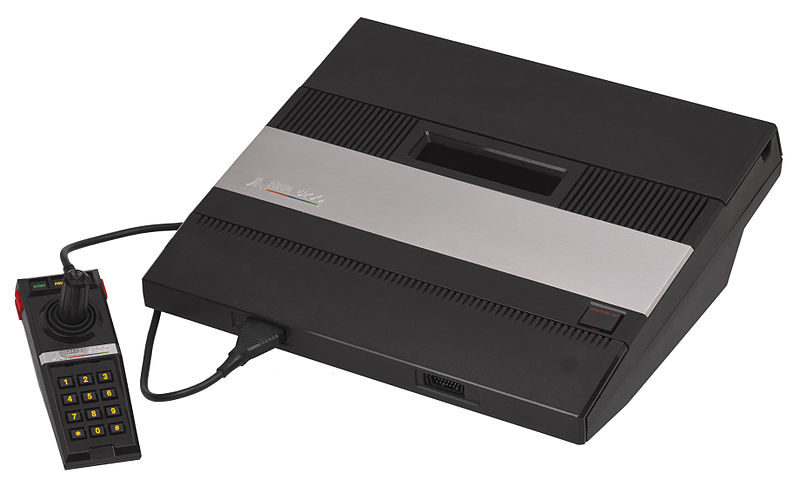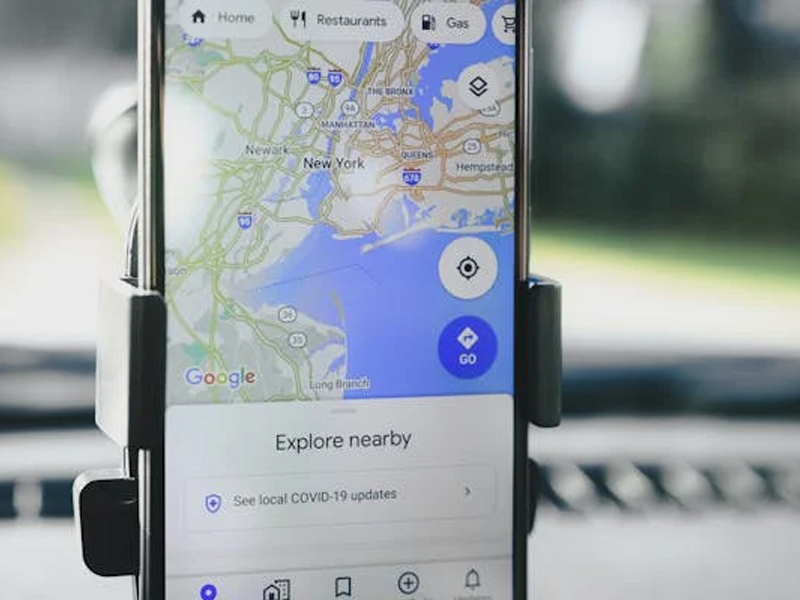Time Machines: Atari’s CES Endgame
Uncategorized
 Atari Inc. was a video game console and home computer company headquartered in America. It was established in 1972 by Nolan Bushnell and Ted Dabney. The entire concept of starting such a company was started when Nolan had seen spacewar in 1966. Nolan Bushell along with Ted Dabney started their own engineering company, “Syzzgy engineering”. However later they found out that the name Syzzgy already existed in California. After brainstorming on lot of options they eventually chose Atari which meant that a group of stones is in danger of being taken by the opponent. Thus was established the Atari in California in 1972.
Nolan and Ted had come up with a unique game called “Pong” which consisted of a black and white television, the game hardware and coin collecting mechanism on the side which consisted of a milk carton to collect the coins. They did a trial version of placing this console at Andy Capp’s in Sunnyvale it took no time to realise that it was a major hit. After talks with various companies for partnership, Nolan and Ted decided to design the software in house and thus started Atari Inc. as a coin operating and production company.
With the major demand in hand for future, Bushnell sold Atari to Warner Communications which became their parent company. With this, lot of developments took place in terms of designing the better version of Atari 2600 and with the advent of home computers they came up with the new Atari 800 having an inbuilt keyboard.
However in 1980s, started the crumbling and downfall of Atari. With the arcade, home computer and video game console division working separately and having weak support from each other along with the communication gaps led to lot of problems in the working. With this they faced fierce competition and prices from their competitors.The major problem besides this were the “video game crash of 1983” which led to a tremendous loss of more than 600million dollars.
Atari however had come up with its successor called “VCS 2600” which was again a huge success. In 1982, CES (Consumer Electronics Show) Atari announced Atari 5200 super system which turned out to be a complex with difficult controllers. It also failed its compatibility with other previous versions of Atari consoles and Atari’s CES endgame started.
This gave an opportunity to its competitor Coleco to rise and shine and thus gave a major challenge to Atari. To revive through this Atari decided to get into partnership with GCC chip which would help resolve the problem of compatibility issues . This console was announced by Atari in the CES of 1984 with redesigned controllers, refined button layout etc .At the same time talks were going on with the Japanese video game company, Nintendo for the release of their first programmable video game console “Famcom”.
Thus the financial problems at Atari just continued to grow even after the replacement of Ray Kasaar by the new CEO James J. Morgan. In July 1984, Warner sold this division to Atari competitor, Commodore International. The CEO of this company Jack Tramiel fired almost 75% of workforce immediately and also decided on a major cut down on product prices by 50%. This strategy however did not turn fruitful and Atari products saw a diminishing future. Later on Warner also sold the arcade division to Namco in 1985.
Atari Inc. was a video game console and home computer company headquartered in America. It was established in 1972 by Nolan Bushnell and Ted Dabney. The entire concept of starting such a company was started when Nolan had seen spacewar in 1966. Nolan Bushell along with Ted Dabney started their own engineering company, “Syzzgy engineering”. However later they found out that the name Syzzgy already existed in California. After brainstorming on lot of options they eventually chose Atari which meant that a group of stones is in danger of being taken by the opponent. Thus was established the Atari in California in 1972.
Nolan and Ted had come up with a unique game called “Pong” which consisted of a black and white television, the game hardware and coin collecting mechanism on the side which consisted of a milk carton to collect the coins. They did a trial version of placing this console at Andy Capp’s in Sunnyvale it took no time to realise that it was a major hit. After talks with various companies for partnership, Nolan and Ted decided to design the software in house and thus started Atari Inc. as a coin operating and production company.
With the major demand in hand for future, Bushnell sold Atari to Warner Communications which became their parent company. With this, lot of developments took place in terms of designing the better version of Atari 2600 and with the advent of home computers they came up with the new Atari 800 having an inbuilt keyboard.
However in 1980s, started the crumbling and downfall of Atari. With the arcade, home computer and video game console division working separately and having weak support from each other along with the communication gaps led to lot of problems in the working. With this they faced fierce competition and prices from their competitors.The major problem besides this were the “video game crash of 1983” which led to a tremendous loss of more than 600million dollars.
Atari however had come up with its successor called “VCS 2600” which was again a huge success. In 1982, CES (Consumer Electronics Show) Atari announced Atari 5200 super system which turned out to be a complex with difficult controllers. It also failed its compatibility with other previous versions of Atari consoles and Atari’s CES endgame started.
This gave an opportunity to its competitor Coleco to rise and shine and thus gave a major challenge to Atari. To revive through this Atari decided to get into partnership with GCC chip which would help resolve the problem of compatibility issues . This console was announced by Atari in the CES of 1984 with redesigned controllers, refined button layout etc .At the same time talks were going on with the Japanese video game company, Nintendo for the release of their first programmable video game console “Famcom”.
Thus the financial problems at Atari just continued to grow even after the replacement of Ray Kasaar by the new CEO James J. Morgan. In July 1984, Warner sold this division to Atari competitor, Commodore International. The CEO of this company Jack Tramiel fired almost 75% of workforce immediately and also decided on a major cut down on product prices by 50%. This strategy however did not turn fruitful and Atari products saw a diminishing future. Later on Warner also sold the arcade division to Namco in 1985. Frequently Asked Questions?

01
Tech news
Cloud Storage: Powering Progress or Polluting the Planet?
Apr 22, 2024

01
Internet of Things
Gearing Up for a Connected Tomorrow: Top Trends Shaping the Future of IoT
Apr 21, 2024

01
AI & ML
No More Range Anxiety: Google Maps Uses AI to Simplify EV Charging
Apr 20, 2024

01
Tech news
Tesla Announces Layoffs as Sales Growth Sputters
Apr 18, 2024
SUSBSCRIBE TO OUR NEWSLETTER
Join our subscribers list to get the latest news and special offers.
Cloud Storage: Powering Progress or Polluting the Planet?
Gearing Up for a Connected Tomorrow: Top Trends Shaping the Future of IoT
No More Range Anxiety: Google Maps Uses AI to Simplify EV Charging
Streamlining Your Chats: A Look at WhatsApp’s Upcoming Filter Update